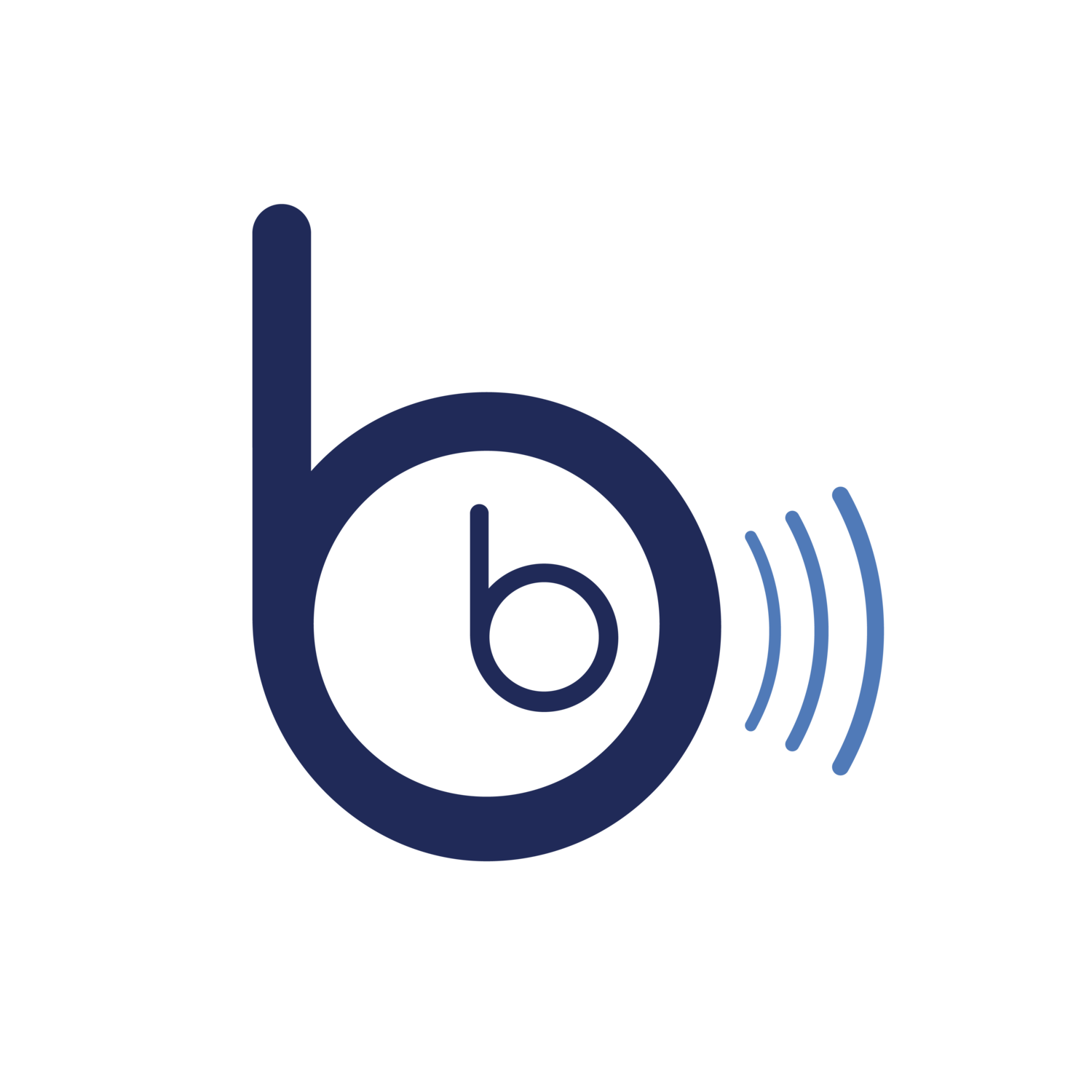Ergonomics: How to Prolong Your Sonography Career
Ultrasound can take a physical toll on a sonographer's body. In the past decade, the exam protocols we follow have become more detailed, the average patient body habitus has increased, and physicians choose diagnostic Ultrasound more often. While these factors alone increase the potential for a Sonographer to develop a Work-Related Musculoskeletal Disorder (WRMSD), the risk is further increased if:
You are vertically challenged with a height less than the national average, which for men is five foot nine inches, and for women five foot 4 inches (Body Measurements, 2021).
You scan in a highly specialized modality, or
You refuse to slow down despite pain because you don't want to let down your coworkers, your physicians, or your patients.
A white paper published by SDMS in 2018 reported that 90% of sonographers had experienced some sort of pain resulting from their job (Murphey, 2018). 9 out of 10 professionals experiencing pain are too many! BB Imaging surveyed sonographers and found that of the 106 respondents, some were experiencing pain as early as two years into their career. What if we told you it doesn't have to be like this? That scanning in pain doesn't have to be a daily part of life?
You can have a long and enjoyable career in Ultrasound! Saving yourself from injury starts before you even pick up a probe.
Take the time to adjust your workstation. Ensure the bed, chair, and machine height are all at a comfortable level, and your patient is as close to you as possible. Correct positioning can prevent your arm from being overly abducted and your neck and back from twisting too far.
Encourage your patient to relax as much as possible and position them so you may utilize alternative windows. This technique can keep you from having to use more pressure to obtain diagnostic images. Maintain constant communication throughout the exam. If your patient is well informed, they may be less anxious and more relaxed.
Keep linens and cable cords out of the way. Fighting with the towel or probe cords can make you push too hard. Wear a cable brace to secure your cord and help make a clear path for your exam.
Use physics and your machine to get your images as sharp as possible. Try probes with different frequencies, change the machine presets, and scan perpendicular to organ interfaces. Always keep in mind, "how am I going to decrease the distance between the transducer and the target?"
Alternate between sitting and standing while scanning. A combination of sitting and standing offers variety and balance in your day. Our bodies respond best to balance and movement, which helps support safe postures.
Alternate between scanning hands. This practice provides periods of rest for the hand and wrist not in use.
Take Mini breaks. Stretch out the fingers of your scanning hand when making measurements, perform small neck/arm stretches between patients, get up and walk around periodically when not scanning. This movement helps put your scanning muscles in recovery mode.
Use post-processing to obtain images and measurements from cine clips. This method can help reduce the amount of time spent pushing.
Incorporate help from students, colleagues, and nurses – work as a team!
Take care of yourself. Get regular massages, take time to work out and strengthen your body, and take your vacations; you earned it! Treat your body like you would your car – the more you take care of it, the longer it will run!
Works Cited
Body Measurements. (2021, January 14). Retrieved from Centers for Disease Control and Prevention: https://www.cdc.gov/nchs/fastats/body-measurements.htm
Murphey, S. (2018). Work Related Musculoskeletal Disorders in Sonography. Plano: Society of Diagnostic Medical Imaging.

